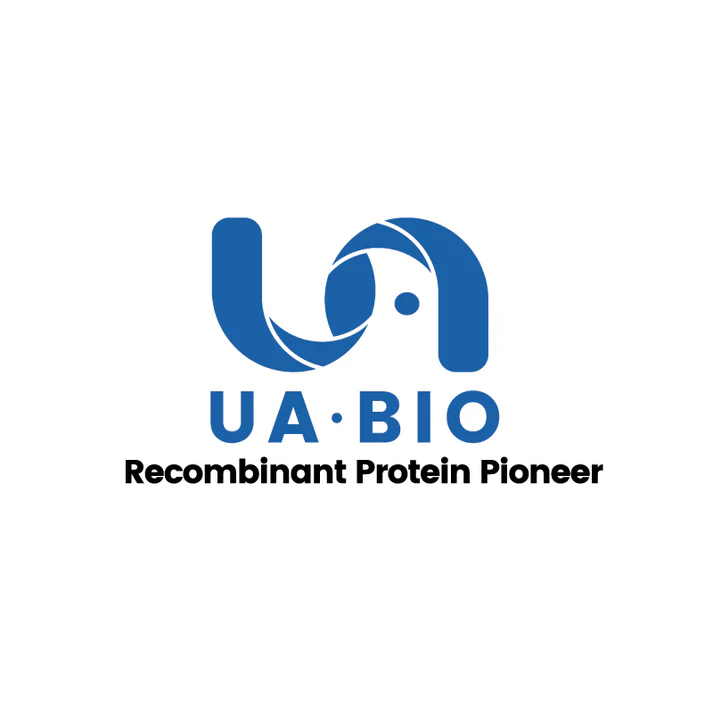2μg (R: reducing condition, N: non-reducing condition).
Product Details
Product Details
Product Specification
| Species | Mouse |
| Synonyms | CD300g, Nepmucin, CLM9 |
| Accession | NP_001154183.1 |
| Amino Acid Sequence | Leu19-Ile284 with Human IgG1 Fc at C-Terminus |
| Expression System | HEK293 |
| Molecular Weight | 60-95kDa (Reducing) |
| Purity | >95% by SDS-PAGE & >90% by RP-HPLC |
| Conjugation | Unconjugated |
| Tag | Human IgG1 Fc |
| Physical Appearance | Lyophilized Powder |
| Storage Buffer | PBS, PH7.4, 5% trehalose |
| Reconstitution | Reconstitute at 0.1-1 mg/ml according to the size in ultrapure water after rapid centrifugation. |
| Stability & Storage | · 12 months from date of receipt, lyophilized powder stored at -20 to -80℃. |
| Reference | 1. Soojung Jin. Nepmucin/CLM-9, an Ig domain-containing sialomucin in vascular endothelial cells, promotes lymphocyte transendothelial migration in vitro. FEBS Lett. 2008 Sep 3;582(20):3018-24. Epub 2008 Aug 4. |
Background
Nepmucin/CLM-9 is an Ig domain-containing sialomucin that is expressed in vascular endothelial cells. Our studies demonstrate that, similar to CD31, nepmucin is localized at interendothelial junctions and vesicle-like structures along the cell border, where it undergoes intracellular recycling. Functional analyses reveal that nepmucin mediates both homotypic and heterotypic cell adhesion through its Ig domain. Endothelial cells expressing nepmucin exhibit enhanced lymphocyte transendothelial migration (TEM), which can be inhibited by anti-nepmucin monoclonal antibodies (mAbs) that block either homophilic or heterophilic binding. Notably, mAbs that inhibit homophilic binding are able to block TEM without affecting lymphocyte adhesion. These findings suggest that endothelial nepmucin facilitates lymphocyte TEM through multiple adhesion pathways.
Picture
Picture
SDS-PAGE
RP-HPLC
The purity of CD300g/Nepmucin/CLM9 Fc Chimera Protein, Mouse is more than 90% as determined by RP-HPLC.


